wikiHow is a “wiki,” similar to Wikipedia, which means that many of our articles are co-written by multiple authors. To create this article, volunteer authors worked to edit and improve it over time.
There are 38 references cited in this article, which can be found at the bottom of the page.
This article has been viewed 25,435 times.
Learn more...
A fracture is a medical condition in which a bone breaks or cracks due to extreme pressure or force.[1] A closed fracture occurs when the broken bone does not penetrate the skin. Although a closed fracture will require professional medical attention in order to heal properly, a good knowledge of first aid protocol can help to make the injured person more comfortable while waiting for treatment and prevent the fracture from becoming worse.[2] Start with Step 1 below to learn how to treat a closed fracture during first aid.
Steps
Administering First Aid
-
1Restrict the person’s movement as much as possible. The first step in providing first aid is to prevent the injured person from moving. Ask them to sit or lie still, and try to make them as comfortable as possible.[3]
- This is especially important if they feel any pain in their neck, as moving them could cause serious injury to their spine. Call an ambulance if you suspect there may be an injury to the spine.[4]
- As you wait for medical assistance, ask the patient how the injury happened and where they feel pain. This information will help you to decide the best course of action and to inform the medical professionals when the time comes.
-
2Use a clean cloth to stop any bleeding. If there is any bleeding at the site of the closed fracture (or anywhere else on the body), you can stop or minimize the blood loss by applying direct pressure to the wound with a clean cloth. The pressure constricts the blood vessels, keeping the bleeding under control.[5] [6]
- Covering the wound with a clean cloth will also help to prevent it from becoming infected. If possible, wear gloves to prevent your hands from coming in direct contact with the patient's blood — this will also help to prevent infection.
- Keep in mind that this technique will only work if the blood is coming from a vein (which pumps blood at a low pressure). If the blood is coming from an artery, the bleeding will be impossible to control using pressure alone and the patient will require medical attention immediately.[7]
Advertisement -
3Immobilize the injured area to prevent further injury. The next step is to immobilize the fractured limb using a splint — this will prevent the bone from becoming displaced further. Don’t try to move or realign a deformed bone.[8]
- If you have one easily at hand, a padded splint can be applied to the fractured bone to immobilize the injury and reduce discomfort. Make sure to apply the splint very carefully to avoid making the fracture worse. If applying the splint causes the patient too much pain, set it aside.[9]
- If you don't have a padded splint you can improvise and make your own using any available materials. For example, a length of cardboard or wood, a bundle of twigs, a rolled newspaper can be placed along the fractured limb, then held in place using a piece of rope, a belt, a necktie, or a length of cloth.[10]
-
4Apply an ice pack to reduce swelling and relieve pain. As quickly as possible following the injury, apply an ice pack to the site of the fracture. The cold from the ice narrows the blood vessels, helping to reduce blood flow to the injury and prevent excess swelling. The ice also helps to numb the pain.[11]
- Hold the ice against the injured limb for 10 to 20 minutes, then take a break to allow the skin to warm up before reapplying.
- Make sure to wrap the ice pack in a clean cloth or towel — the ice should never come in direct contact with the skin, as the extreme cold may cause tissue damage.
- If you don't have an ice pack, a pack of frozen vegetables will do nicely. Never apply a heat pack or warm compress to the injury, as this will increase blood flow to the area, increasing swelling and pain.[12]
-
5Elevate the fractured limb. If it is possible to do so without causing further injury, try to keep the injured limb elevated above heart level. This reduces blood flow to the area and prevents swelling. If the injured person is lying down, you can prop their fractured arm, hand, leg or foot on a stack of pillows or cushions.[13]
-
6Provide a quiet environment. Try to provide a quiet environment for the injured person. This will help them to remain calm and stay still. Make them as comfortable as possible, using cushions, blankets and pillows as necessary, and prevent other people from crowding around them.
-
7Clean any wounds sustained during injury. If the injured person has any open wounds, do your best to clean them out, as this will help to prevent injury.
- Dip a clean cotton ball in hydrogen peroxide or betadine and use it to clean the wound from the center out, using a gentle circular motion.
- Dress the wound using a clean bandage. Make sure the bandage is not applied too tightly, otherwise it could restrict blood flow to the injured area and slow healing.[14]
-
8Treat the injured person for shock. If the injured person goes into shock, place their body lying down with their head lower than their trunk. If possible, elevate the legs. This promotes blood flow to the heart and brain.[15]
- Keep in mind that placing the injured person in this position is only possible if their neck or back is not injured. Otherwise you risk making the injury worse.[16]
- The major symptoms of shock include rapid, shallow breathing; cold, clammy skin; a rapid, weak pulse; feeling very weak or faint. Less common symptoms of shock include: anxiety and agitation; bluish lips and fingernails; confusion or unresponsiveness; seizures, sweating or chest pain; eyes that appear to stare.[17]
- For more information on how to give first aid to people suffering from shock, see this article.
-
9Remove any tight clothing or jewelry to promote circulation. Remove any constrictive clothing or jewelry that could obstruct blood circulation. If necessary, use scissors to cut away any clothing that you can't easily remove.[18]
-
10Give the injured person medication to relieve pain. If the injured person is in a lot of pain, you can give them over-the-counter pain medication, such as Ibuprofen. This will help to keep the pain under control under the person receives medical attention.[19]
- Don't give the injured person a higher dose of pain medication than the dosage indicated on the packaging, regardless of their pain level.
- Before you give them injured person any pain medication, make sure that they are able to swallow properly, otherwise they may start to choke. The same goes for giving the patient any food or water.
-
11Hand the care of the injured party over to trained medical professionals as soon as possible. Once the ambulance arrives, or you can get the injured person to a hospital, transfer the care of the patient over to the medical professionals. Inform them of the cause of the injury and the details of the first aid care you provided.
Identifying Symptoms of a Closed Fracture
-
1Look for severe pain at the site of the injury. The pain associated with a closed fracture can be described as knots of sharp and stinging pain. Pain occurs when the muscle fibers in the injured area become stretched or torn. This causes the muscle fibers to constrict, leading to insufficient blood flow to the affected area and a lack of oxygen. This results in a build up of lactic acid around the site of the injury. Lactic acid causes pain by disrupting the pH levels around the injury.[20] [21]
- As a result of the pain, the injured person will be unable to put any weight on the injured part of the body. If they do, they may experience very severe, pulsating pain at the site of the body.
- The pain may also be accompanied by a grating sound and sensation, which occurs when the two halves of the broken bone rub up against each other.
- The injury should also feel tender to the touch when light pressure is applied.
-
2Look for difficulty moving or loss of normal function. A closed fracture will make it very difficult or even impossible to move the injured part of the body. This limits normal function and prevents the injured person from doing simple activities and tasks.
-
3Look for signs of swelling or bruising over a bone. If a closed fracture has occurred, you should be able to see signs of swelling or bruising at the site of the injury.[22]
- Bruises appear when blood vessels beneath the skin break as a result of extreme force or a blow to the skin. Blood leaks out of these blood vessels, resulting in red, black or purple marks on the skin.[23]
- Swelling occurs when the body’s immune system releases inflammatory chemicals through the blood in order to eliminate harmful stimuli around the site of the injury, such as irritants, damaged cells, and pathogens. This allows the body to start the healing process.[24]
-
4Feel for a loss of pulse below the fracture.[25] A pulse is the rhythmic contraction and relaxation of the blood vessels in order to distribute blood efficiently to different parts of the body.[26] If the pulse feels low or weak below the site of the injury, this means that blood circulation has been compromised and a muscle or bone injury is likely.[27] To learn how to look for a pulse, see this article.
-
5Look for pale or discolored skin on the fracture site. Following a closed fracture, the muscle fibers surrounding the injury become stretched and torn, which affects the flow of blood to the site of the injury. This reduced blood flow causes the fracture site to become pale and discolored, as it is blood that gives skin its regular color.[30]
-
6Look for a deformed or twisted appearance. In some cases (though not all) a closed fracture will result in the injured limb looking twisted or deformed, when compared to the normal, uninjured limb. This is caused by broken bone fragments at the site of the injury.[31]
Understanding Closed Fractures
-
1Understand the difference between a closed fracture and an open fracture. A fracture is defined as a disruption in the continuity of the bone. There are two types of fractures, open and closed[32] :
- Open fracture: This type of fracture is visible to the naked eye. The skin over the site of the injury is lost and the underlying muscles and bone fragments may be seen. There is often a lot of bleeding with this type of fracture, and it is more susceptible to infection
- Closed fracture: A closed fracture occurs when the bone breaks or cracks but does not penetrate the skin, so the skin covering the injury remains intact. Closed fractures are more common than open fractures and are usually easier to treat.
-
2Know which groups are most likely to sustain a closed fracture. Certain groups of people are at higher risk of sustaining a closed fracture than others. These include:
- People above the age of 65: As people grow older, their body's are not able to absorb nutrients as well as they used to. When the body is unable to absorb sufficient amounts of calcium, the bones become weaker, making them more susceptible to closed fractures and other bone injuries.[33] [34]
- People with osteoporosis: Osteoporosis is a condition in which the bones become weak and hollow, making them more prone to breakage.[35] [36]
- People with cancer: Cancer patients have fragile bones and weakened muscle tissue. This makes them more susceptible to injuries.[37] [38]
- Women with abnormal menstrual cycles: Abnormal menstruation usually occurs as a result of low estrogen levels.[39] Estrogen is a female hormone that also helps to regulate bone growth.[40] If estrogen levels are low, the bones become weaker and more likely to break or fracture upon impact. [41]
- People who play sports: People who engage in sporting activities such as soccer, basketball, tennis, and squash, are more like to fall heavily or receive forceful blows to the limbs, which can cause fractures.
-
3Be aware that serious closed fractures may require surgery. With less severe fractures, the bone will be manipulated back into the correct position and the limb will be covered by a cast to protect it as it heals. However, with more severe closed fractures, surgery may be required.[42]
- During surgery, any broken pieces of bone will need to be put back into place.Then, nails, plates or screws will be inserted into the bone to stabilize it and ensure that it heals normally. In some cases, metal rods will be placed through the center of the bone to keep it in line.
- Depending on the severity of the injury, the fractured bone may take up to several months to heal. The healed limb may feel stiff at first, but with physical therapy, most patients regain full mobility.
References
- ↑ https://www.betterhealth.vic.gov.au/health/conditionsandtreatments/bone-fractures
- ↑ https://www.stjohnvic.com.au/news/first-aid-for-fractures/
- ↑ https://www.mayoclinic.org/first-aid/first-aid-fractures/basics/art-20056641
- ↑ https://www.mayoclinic.org/first-aid/first-aid-spinal-injury/basics/art-20056677
- ↑ https://medlineplus.gov/ency/article/000045.htm
- ↑ https://www.moh.gov.sa/en/HealthAwareness/EducationalContent/Firstaid/Pages/007.aspx
- ↑ https://www.health.harvard.edu/staying-healthy/emergencies-and-first-aid-direct-pressure-to-stop-bleeding
- ↑ https://www.healthywa.wa.gov.au/Articles/F_I/First-aid-for-fractures-and-dislocations
- ↑ http://www.mayoclinic.org/first-aid/first-aid-fractures/basics/art-20056641
- ↑ https://www.moh.gov.sa/en/HealthAwareness/EducationalContent/Firstaid/Pages/002.aspx
- ↑ https://www.uofmhealth.org/health-library/tw4354spec
- ↑ https://www.redcross.org.uk/first-aid/learn-first-aid/strains-and-sprains
- ↑ https://www.uofmhealth.org/health-library/tw4354spec
- ↑ https://www.skinsight.com/skin-conditions/first-aid/first-aid-wounds
- ↑ https://www.mayoclinic.org/first-aid/first-aid-fractures/basics/art-20056641
- ↑ https://www.mayoclinic.org/first-aid/first-aid-spinal-injury/basics/art-20056677
- ↑ https://www.pennmedicine.org/for-patients-and-visitors/patient-information/conditions-treated-a-to-z/spinal-cord-injury
- ↑ http://nursing411.org/Courses/MD0533_Treat_Fract_Field/1-09_Treat_Fract_Field.html
- ↑ https://kidshealth.org/en/parents/strains-sprains-sheet.html
- ↑ https://www.upmc.com/services/orthopaedics/conditions-treatments/fractures-and-breaks
- ↑ https://www.hopkinsmedicine.org/health/treatment-tests-and-therapies/ice-packs-vs-warm-compresses-for-pain
- ↑ https://www.upmc.com/services/orthopaedics/conditions-treatments/fractures-and-breaks
- ↑ https://my.clevelandclinic.org/health/diseases/15235-bruises
- ↑ http://www.medicalnewstoday.com/articles/248423.php
- ↑ https://www.pennmedicine.org/for-patients-and-visitors/patient-information/conditions-treated-a-to-z/bone-fractures
- ↑ https://www.rtihs.org/sites/default/files/29804%20Mangel%202019%20Pulse%20synchronized%20contractions%20rhythmic%20contractions%20in%20large%20arteries%20in%20synchrony%20with%20the%20heart%20beat.pdf
- ↑ https://www.msdmanuals.com/home/brain,-spinal-cord,-and-nerve-disorders/symptoms-of-brain-spinal-cord-and-nerve-disorders/numbness
- ↑ https://www.msdmanuals.com/home/brain,-spinal-cord,-and-nerve-disorders/symptoms-of-brain-spinal-cord-and-nerve-disorders/numbness
- ↑ https://www.jonathanshultsmd.com/blog/spotting-the-warning-signs-of-nerve-damage
- ↑ https://www.ortholinc.com/services/casting-bracing/care-instructions
- ↑ https://www.cedars-sinai.org/health-library/diseases-and-conditions/f/fractures.html
- ↑ http://www.healthline.com/health/fracture#Overview1
- ↑ https://www.aafp.org/afp/2000/0401/p2159.html
- ↑ https://medlineplus.gov/ency/article/002062.htm
- ↑ https://www.bones.nih.gov/health-info/bone/osteoporosis/fracture
- ↑ https://my.clevelandclinic.org/health/diseases/4443-osteoporosis
- ↑ https://www.tandfonline.com/doi/full/10.1080/02841860802167490
- ↑ https://www.ncbi.nlm.nih.gov/pmc/articles/PMC4432780/
- ↑ https://my.clevelandclinic.org/health/diseases/21837-postmenopause
- ↑ https://pubmed.ncbi.nlm.nih.gov/8865143/
- ↑ https://www.mayoclinic.org/diseases-conditions/stress-fractures/symptoms-causes/syc-20354057
- ↑ https://www.cedars-sinai.org/health-library/diseases-and-conditions/f/fractures.html
- ↑ https://www.nhs.uk/conditions/sports-injuries/treatment/
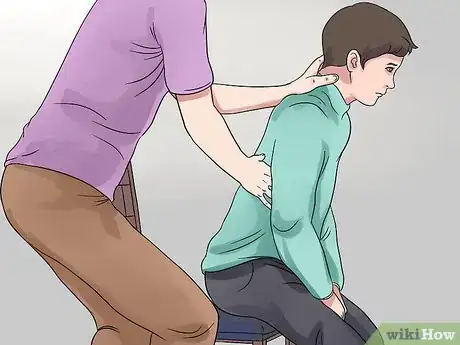


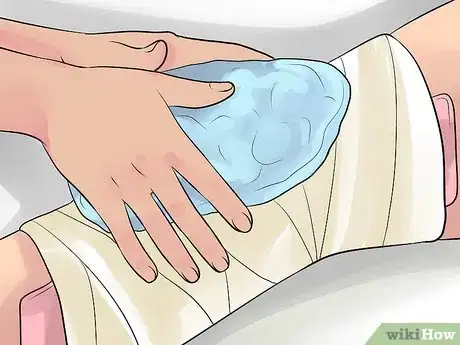








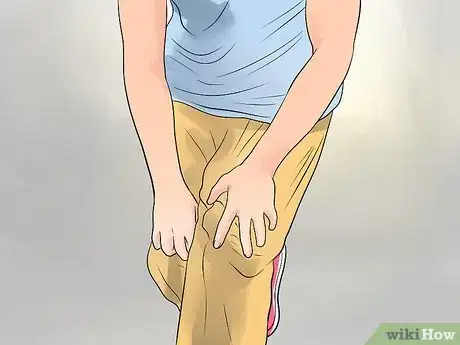




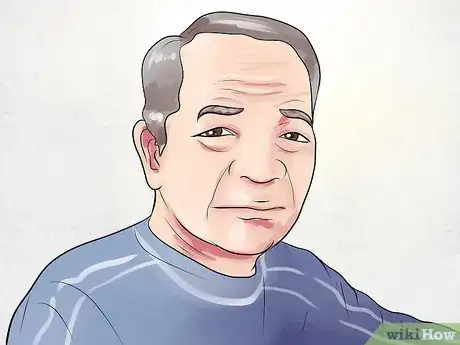
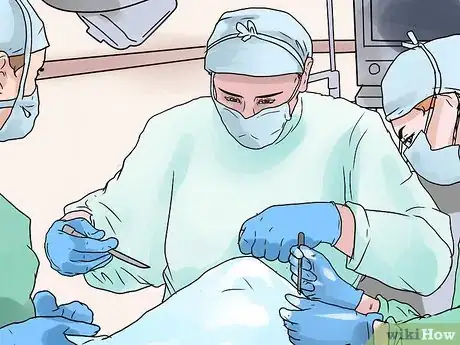

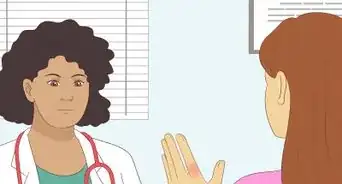

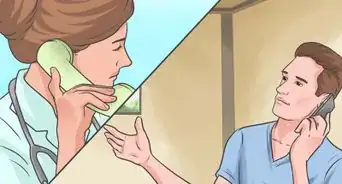
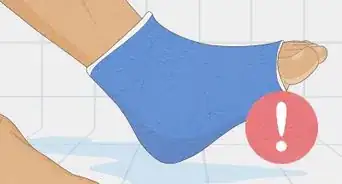

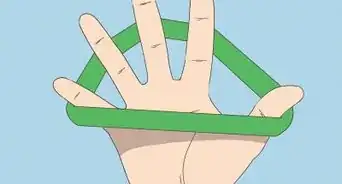

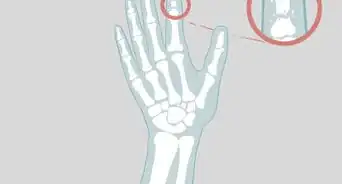

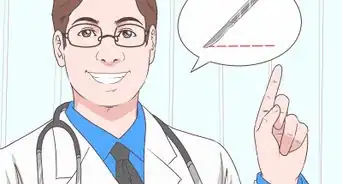











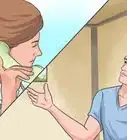



































Medical Disclaimer
The content of this article is not intended to be a substitute for professional medical advice, examination, diagnosis, or treatment. You should always contact your doctor or other qualified healthcare professional before starting, changing, or stopping any kind of health treatment.
Read More...